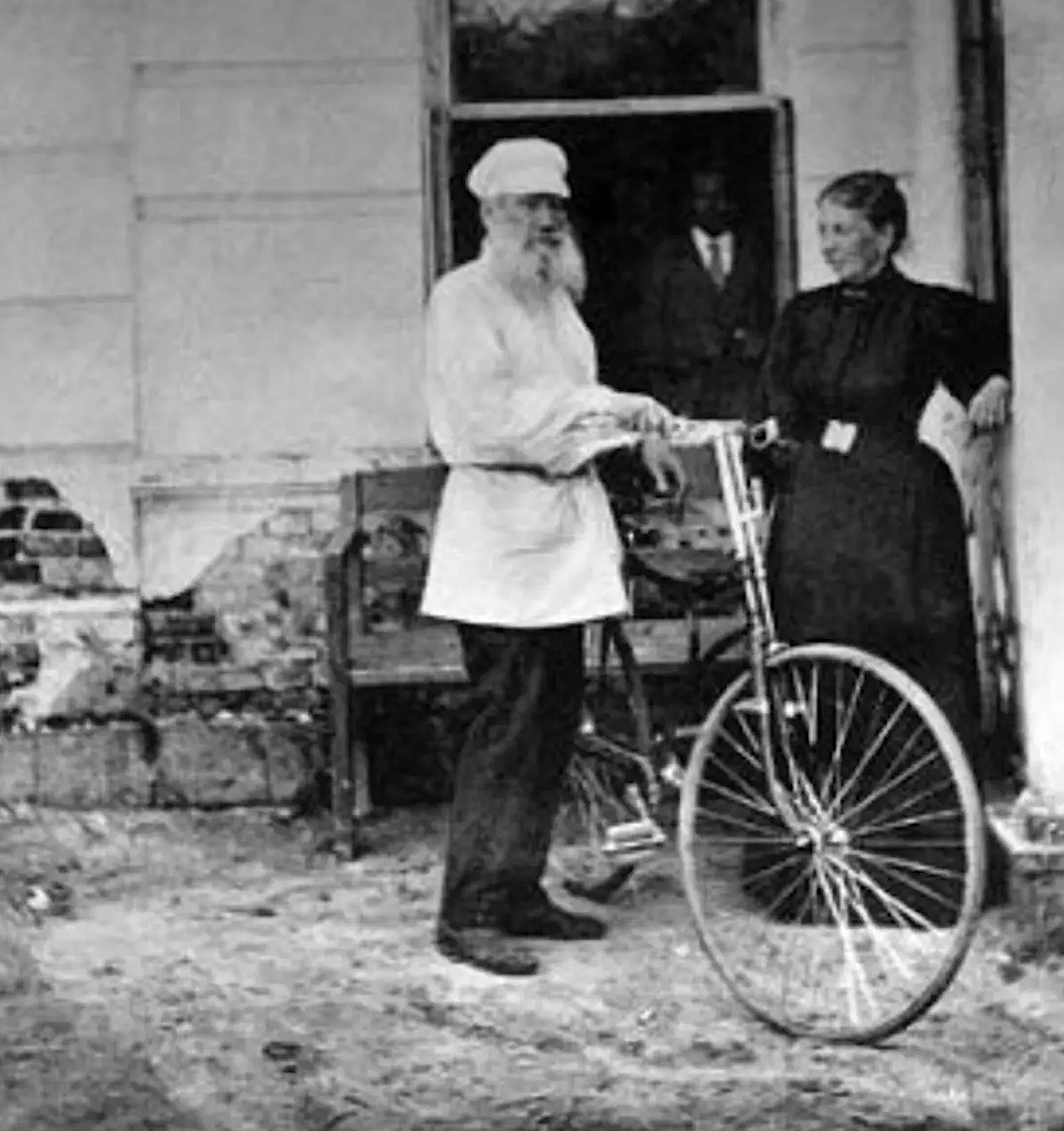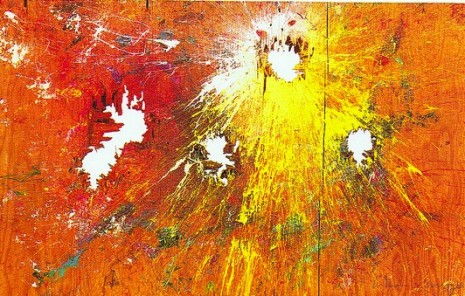By the mid-sixties, Roy Lichtenstein and Andy Warhol had come to define a certain current of process-intensive, only superficially simple American visual art. Lichtenstein created his work using processes and materials developed for traditional commercial production; Warhol developed methods for producing his work as if they were traditional commercial products. This half-hour documentary captures both artists in 1966, discussing their methods in interviews and executing them in their studios. Lichtenstein speaks clearly and in great detail about how he finds the American landscape “made up of the desire to sell products,” how he decided to portray in his paintings “an anti-sensibility that pervades the society” within a “structure of half-tone dots and flat printed areas,” and his driving notion that “whatever approach one uses, he ought to go as far as he can with it, in order to make as much impact as possible.”
Warhol, though, as journalists who encountered him will wincingly remember, wasn’t much for interviews. Or rather, he granted interviews, but responded mostly in ways that reinforced his persona of unknowability — indeed, of containing nothing to be known. “Andy Warhol’s reticence about himself masks a unique sensibility,” reads the narrator. That’s one way of putting it. Here he tells his interviewer, who maintains an admirable equanimity throughout, how nice it would be if he could just be told what sentences to answer with, and then repeat them. Yet behind his opaque-looking sunglasses and intercut with footage of his various projects, Warhol reveals things, and interesting ones, about the whats, hows, and whys of his grand enterprise. He even revealed a detail about his immediate plans to which audiences of 1966 would’ve done particularly well to pay attention: “We’re sponsoring a new band. It’s called the Velvet Underground.”
Andy Warhol and Roy Lichtenstein will be added to our collection, 4,000+ Free Movies Online: Great Classics, Indies, Noir, Westerns, Documentaries & More.
Colin Marshall hosts and produces Notebook on Cities and Culture. Follow him on Twitter at @colinmarshall.




